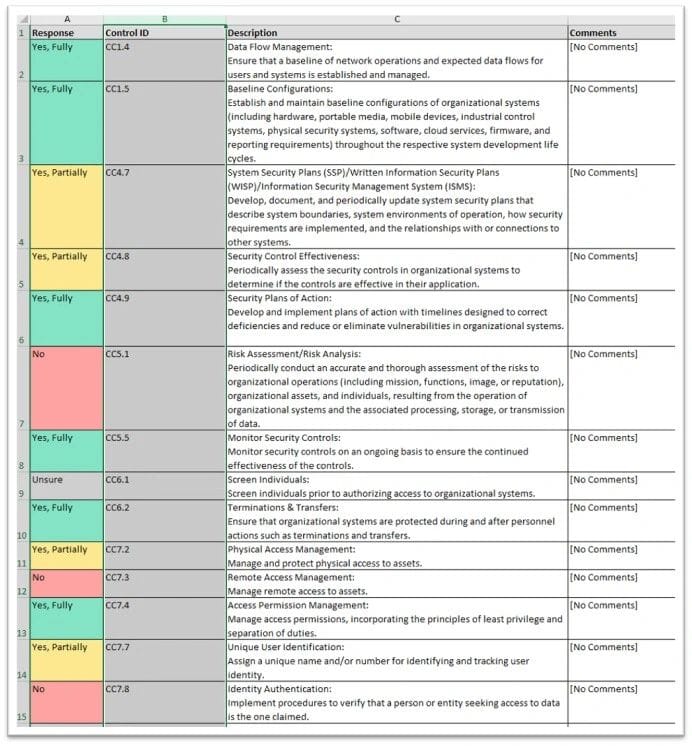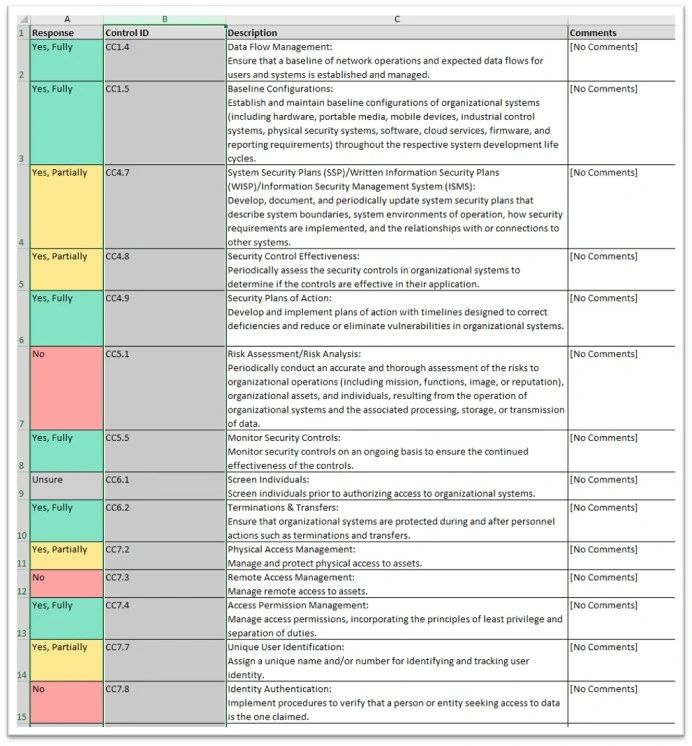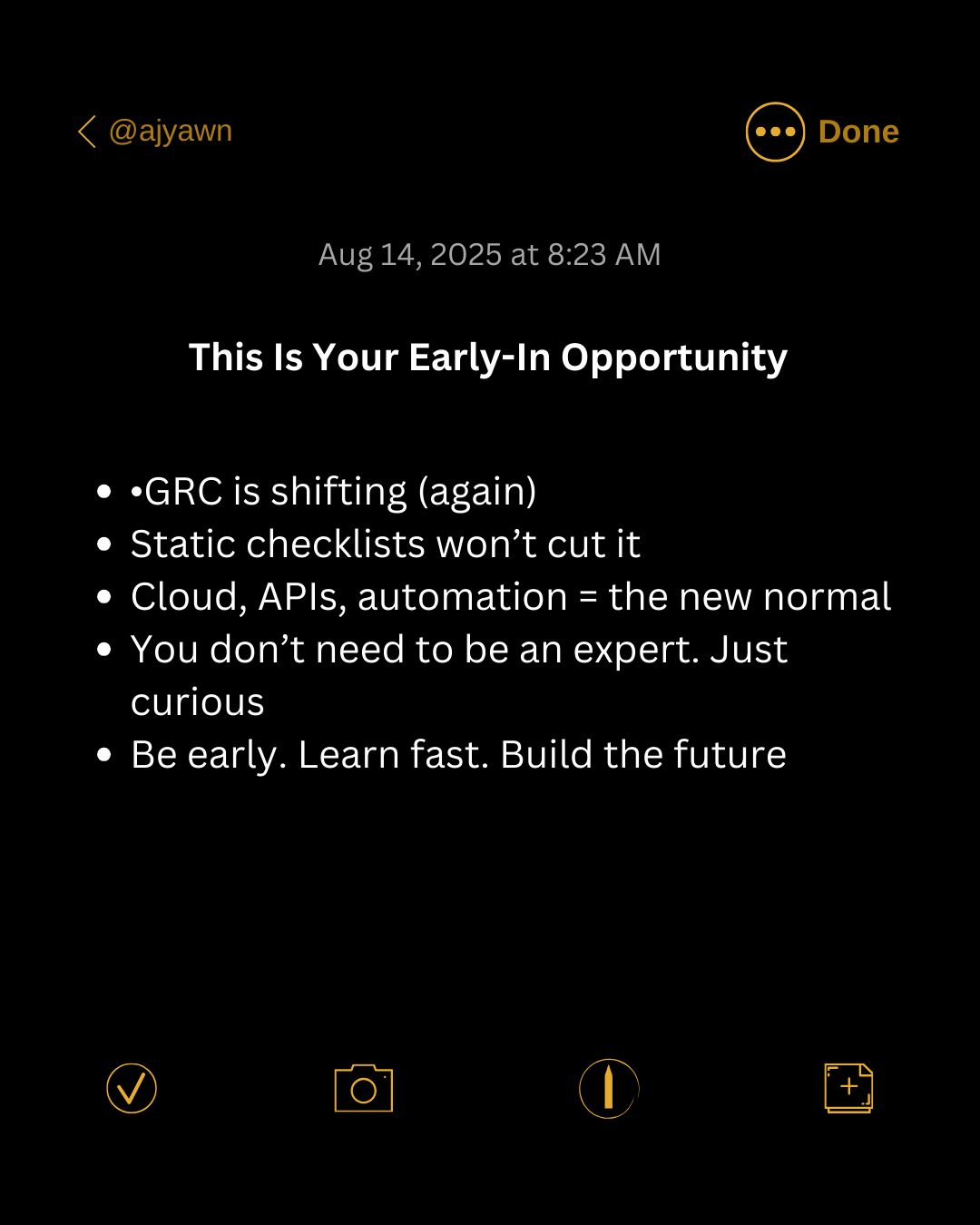The next shift-left: Compliance

Shift Left
While dreaded the “shift-left” approach for test engineering has provided an important lesson for future automation imitatives. With tests being automated and running continuously, they help to provide faster time to market. With tests being automated, we have a more precise acceptance criteria coverage and often a broader test coverage.
Shift-left has enabled many teams to deliver fast and with sustainable quality following DevOps practices. I trust the research from DORA, that coded testing automation should be established by the people developing the features. As an industry we know this is a successful approach.
The original DevOps hand book framed the challenge of adapting and delivering reliably like this: “the chronic conflict of pursuing both: responding to the rapidly changing competitive landscape for features and platforms while maintaining business as usual”.
Both Adapting to Change and Delivering Reliably
One flaw with shift-left is a bias to “automate everything”. There is a quality mindset to it though, where the people developing things can come short, and need a testing professional. Beyond coded testing, there are plenty of things for a testing mindset to explore collaboration, coaching and framework building.
We can describe shift-left as an early encoding and continuous evaluation of the (functional) requirements. Looking at it from an evolutionary perspective, the evaluation of the requirements moves from a hand-driven approach, that is at best built for purpose, to a mode where it’s integrated and repeatable. See more on #WardleyMapping
Shifting the Compliance Controls
With the increase in IT security regulations, Data Governance laws many companies face the challenge, that they have to be consistently in control of their IT and data. The companies and development teams are facing a new set of requirements- compliance controls.

The is a clear and present danger to organizations that do not take this seriously. It’s not a matter of if your data or IT is being breached or is being scanned for vulnerabilities. It’s already happening. How prone are your systems when natural disaster and adverse weather brings down your operations or hinder your team in working. While annoying the regulatory controls makes business sense, in protecting both the organization and the society.
For years though, the work of the GRC staff has been supported by spreadsheets after spreadsheets listing all the controls, listing the evaluation and perhaps listing some evidence of the fact. At that point in time. Like old test case execution logs, that this looked to be working at that point in time.

GRC Engineering
All the controls needs to be valid at all times, not only at audit time and thus needs to be more repeatable and less established by hand. The tools and techniques are already in place for this. Commercial GRC tools helps to move the exercise from spreadsheets to a tool, but what is really needed is the experience from shift left and DevOps practices. Over the last few months the term “GRC Engineering” has emerged exactly for the early encoding and continuous evaluation of the (compliance) requirements.



As with shift left and DevOps, there will be a cultural backlash, as auditors will be seeing new forms of evidence - screenshots, systems values and perhaps even video feeds. This is the exact same backlash I faced about five years ago with test automation evidence in new formats. The life science schooled QA/QC auditors hadn’t hard time grasping the new way of collecting compliance evidence. There will be a similar pushback from people having a vested interest in keeping status quo in spreadsheets and manual processes.
To me this trend is as inevitable as with all IT knowledge work. To scale and solve the core conflict we need to shift compliance left and encode the controls. This time around we have the collective knowledge from DevOps practices, research and test engineering. Eventually I would prefer integrating governance into DevSecOps - Development+Security+Operations, but more about that in another post.







